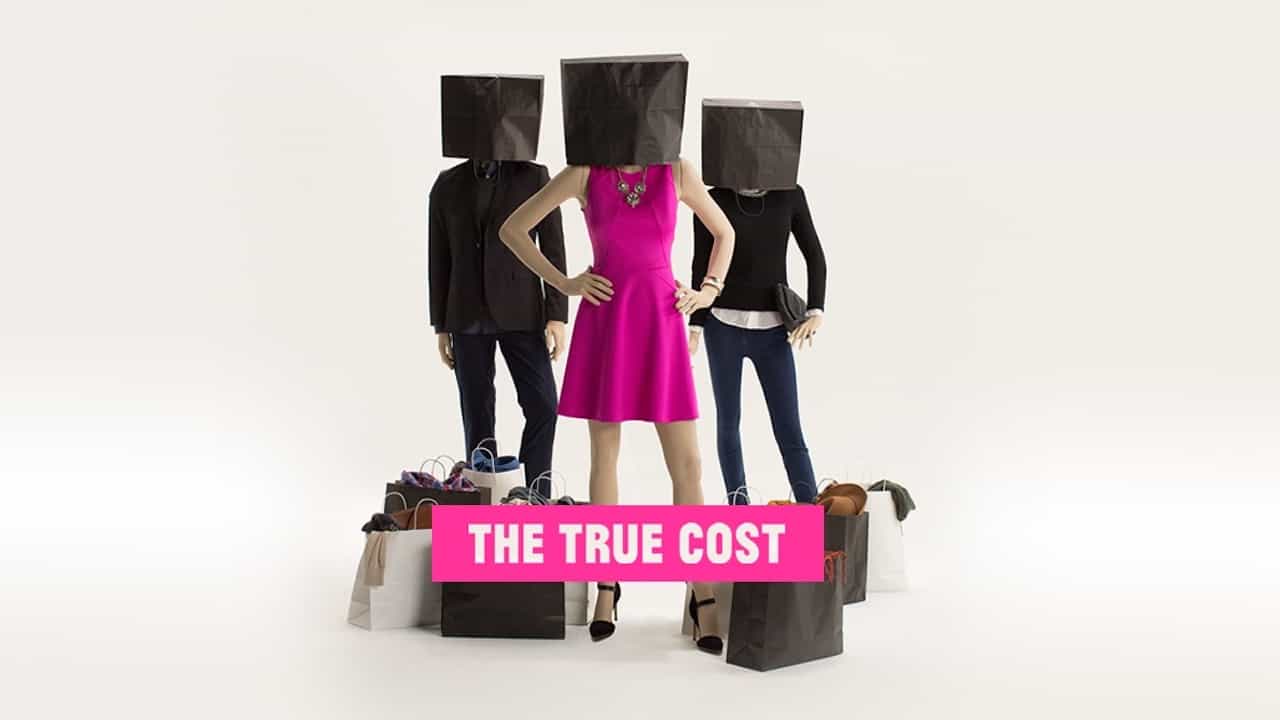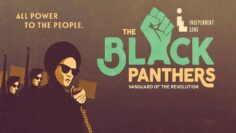The True Cost
The True Cost provides a comprehensive look at the global impact of the fast fashion industry. Directed by Andrew Morgan, it takes viewers on a journey across multiple countries to uncover the hidden consequences of our clothing choices.
The documentary begins by highlighting the stark contrast between the glamorous world of fashion and the harsh realities faced by garment workers in developing countries. It focuses on the 2013 Savar building collapse in Bangladesh, where over 1,000 workers lost their lives when the Rana Plaza factory crumbled. This tragic event serves as a starting point to investigate the broader issues within the fashion industry.
Morgan reveals how the landscape of clothing production has drastically changed over the past few decades. In the 1960s, approximately 95% of clothes worn by Americans were made in the United States. Today, that figure has plummeted to less than 3%, with the majority of production outsourced to developing countries. This shift has led to a race to the bottom in terms of labor costs and working conditions.
The film sheds light on the pressures faced by factory owners in countries like Bangladesh, India, Cambodia, and China. These owners are caught between the demands of major fashion brands for ever-lower prices and the need to maintain their businesses. This pressure inevitably trickles down to the workers, who endure long hours, low wages, and hazardous working conditions.
The True Cost also explores the environmental impact of fast fashion. It highlights the use of genetically modified cotton and the devastating effects of pesticides on farming communities. In India, it shows how the monopoly on GM seeds has led to increased costs for farmers, resulting in a tragic wave of suicides. Similar issues are observed in Texas, where contaminated cotton fields are linked to brain tumors and other health problems.
The documentary directly addresses the systemic issues that perpetuate these problems. It critiques the capitalist system that prioritizes quarterly profits over human and environmental welfare. It argues that without a fundamental change in the reward and punishment system for corporations, meaningful improvements are unlikely to occur.
While the overall tone of the film is somber, it does showcase some positive initiatives. It features activists and designers who are working to raise awareness and create sustainable practices within the industry. These stories offer a glimmer of hope and demonstrate that alternatives to the current fast fashion model do exist.
Throughout, Morgan connects the dots between consumerism, globalization, and structural poverty. It illustrates how the constant demand for new, cheap clothing in developed countries directly impacts the lives of workers and communities in the developing world. The documentary challenges viewers to consider the true cost of their clothing purchases and the broader implications of their consumer choices.









